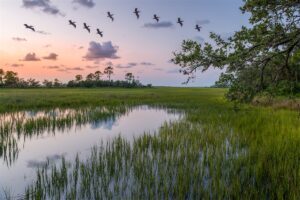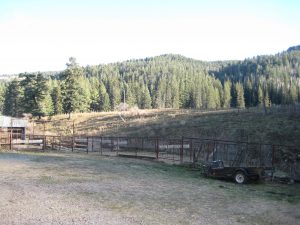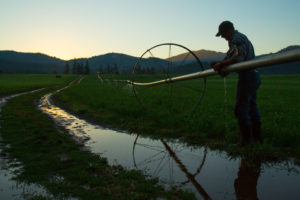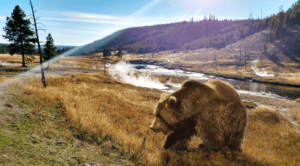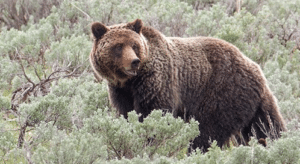The Hill: To recover endangered species, reduce conflict and reward landowners who restore habitat
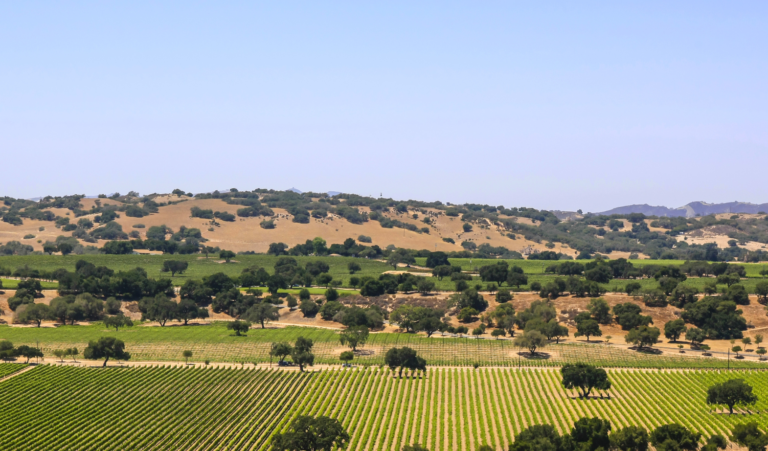
Last week, the U.S. Fish and Wildlife Service announced two new regulations governing designation of privately owned land as “critical habitat” under the Endangered Species Act. This designation can restrict property rights, reduce land values, and make habitat features a significant liability for landowners. As with any change involving the Endangered Species Act, the reforms have generated hyperbolic criticism. However, the new rules, if implemented properly, could reduce conflict and allow focus to shift to other, effective means to recover species.
Both regulations arise out of a unanimous Supreme Court loss the agency suffered in 2018. In Weyerhaeuser Co. v. U.S. Fish and Wildlife Service, a timber company and forest landowners, the latter represented by Pacific Legal Foundation, challenged the designation of 1,500 acres of privately owned timberland in Louisiana as critical habitat for the dusky gopher frog, a designation that could cost the landowners $34 million.
Despite this exorbitant cost, there was little reason to think the designation would ever benefit the frog. No frogs lived on the land. Indeed, the land could not support the species without substantial effort to convert it to suitable habitat by clearcutting the existing trees, establishing a different forest type, and maintaining the landscape with prescribed burns — steps the landowners had no intention or incentive to perform.
Adopting the maxim — unpopular with many federal agencies — that Congress means what it says, the Supreme Court held that there are limits on the agency’s power to designate privately owned land as critical habitat. First, only land that is actually habitat can be designated. Second, critical habitat designations are subject to a judicially enforceable cost-benefit requirement. Rather than defend the dusky gopher frog designation under these standards, Fish & Wildlife agreed to settle the case.
The new regulations aim to avoid this sort of conflict going forward and reconcile the agency’s approach with the court’s decision. First, the rules define “habitat” as only those areas that can, in their current state, support a species. In other words, the mere possibility that land might become habitat in the future does not make it habitat today.
Second, the rules prevent designations that impose costs on landowners that exceed any benefits to species. This will avoid the most controversial designations, such as the one at issue in Weyerhaeuser, where the designation significantly reduces land value in exchange for only speculative potential benefits to the species.
The rules are not perfect, to be sure. They contain ambiguities that may lead to conflict, which is why it remains vital that courts continue to enforce constitutional and statutory limits on agency power. But the rules are, nonetheless, a move in the right direction.
Many criticisms of the rules rest on a false premise: that critical habitat designations are effective at encouraging landowners to create or restore habitat on land that is currently unsuitable. Unfortunately, the opposite is true.
Critical habitat designations, by reducing land values and triggering costly land-use restrictions, make habitat features or the potential to restore them a significant liability for landowners. Designations offer no corresponding benefit to landowners to encourage costly and difficult habitat restoration efforts. Consequently, the available evidence suggests that critical habitat designations increase development pressure on privately owned land, as landowners respond to this perverse incentive.
This is a major challenge. The primary threat to most endangered and threatened species is lack of adequate habitat. Climate change may make this problem even worse, as areas currently occupied by a species become unsuitable in the future. Therefore, most species simply cannot be recovered — and some may not even persist — unless new habitat is established for them.
Fortunately, there are other effective means to encourage habitat restoration and species recovery. In a recent report for the Center for Growth and Opportunity at Utah State University, co-authored with a colleague from the Property and Environment Research Center, I explain how secure property rights and markets can better encourage habitat restoration and species recovery. Rewarding landowners who maintain or restore habitat creates the right incentives by making endangered species assets to the landowners on whom their recovery depends.
Sam Hamilton, a former director of the Fish and Wildlife Service, summed up the Endangered Species Act’s basic flaw: “If a rare metal is on my property, the value of my land goes up. But if a rare bird occupies the land, its value disappears.” The new reforms are an improvement, but much work remains. Recovering endangered and threatened species ultimately depends on broader reforms that respect property rights and provide the right incentives to private landowners.
This op-ed was originally published in The Hill on December 22, 2020.






